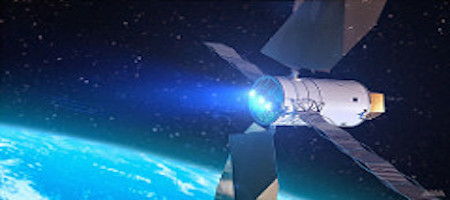
The Global Positioning System, better known to its users as GPS, exists as a complex interlocking network of satellites, operators, and users. Last July 17th, GPS turned 20 years old. In a mere two decades, the technology has changed the way we navigate and orient ourselves. It remains the standard for accuracy in positioning and continues to grow. In fact, this year saw several leaps forward for the famous government program.
The 2nd and 19th Space Operations Squadrons
Referred to as 2 and 19 SOPS, “Team Black Jack,” or the 50th Space Wing, these two integral units consist of the men and women who run GPS from Schriever Air Force Base. While there are many SOPS at Schriever, only two are concerned with GPS. You could think of 2 SOPS as ground control, performing commands and carrying out missions, whereas 19 SOPS dedicates its time to launches and sustaining the operative capacity of satellites in orbit.
The 50th Space Wing’s profound impact on our world goes largely unnoticed, but this year, they received due recognition.
Public Recognition and Events
Last year, the 2 and 19 SOPS took part in multiple public events, even hosting GPS week in February. The educational event involved a tour of Schriever for many middle and high school students and the 2nd squadron visiting local schools in an outreach program. Later in the year, the city of Colorado Springs (near where the program is based) honored the 2 and 19 SOPS on the program’s 20th birthday by declaring July 17th “GPS Day.” With more publicly, the 50th Space Wing and GPS garnered attention on an episode of “60 Minutes.”
Continuing Expansion
In just 2015 alone, the 2 and 19 SOPS launched and assumed command of three new satellites. After three months of preparation, Team Black Jack expanded its network from 8 to 11 total operational satellites. This may mean new and unprecedented advances in GPS’s precision and timing capabilities in the years to come.





